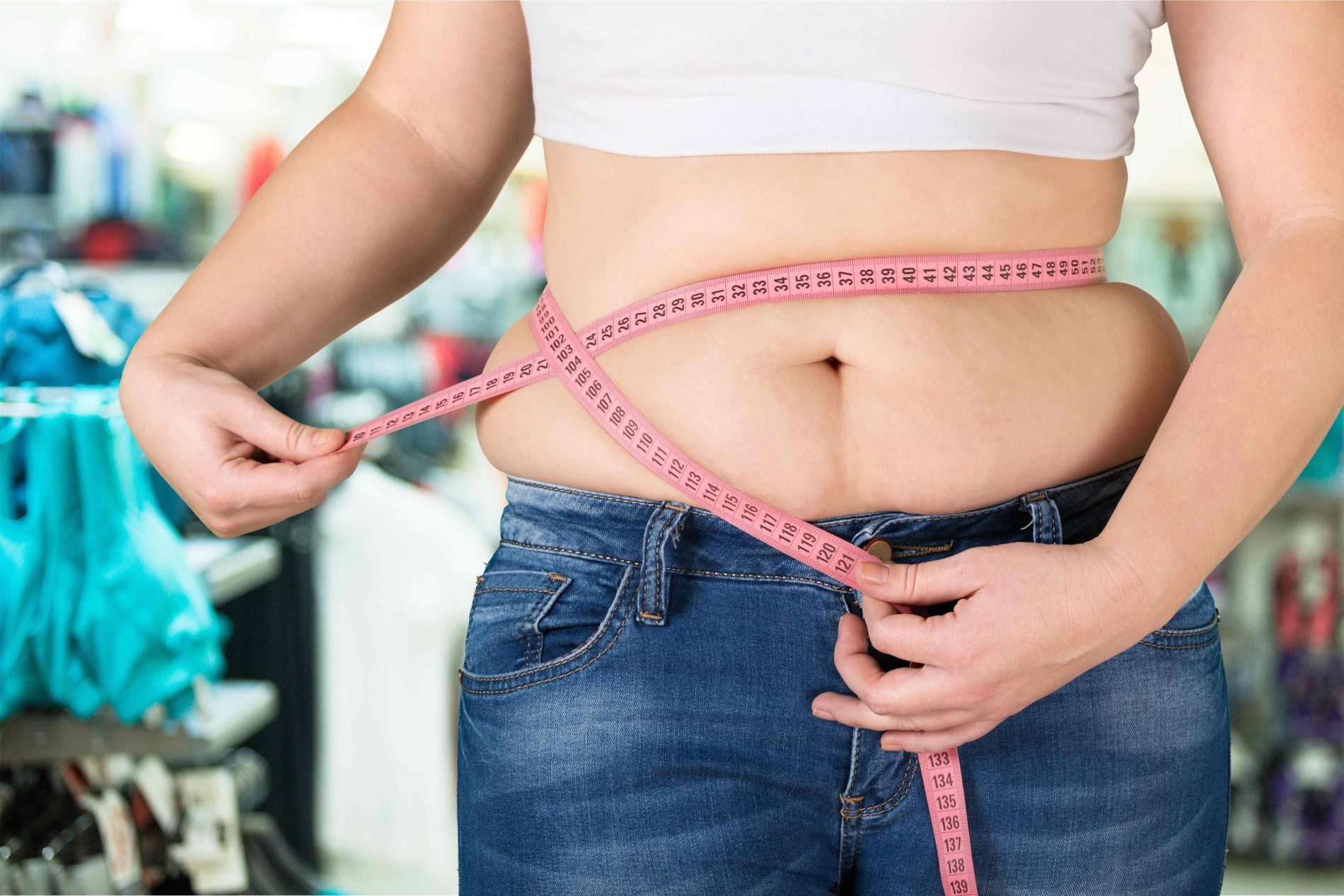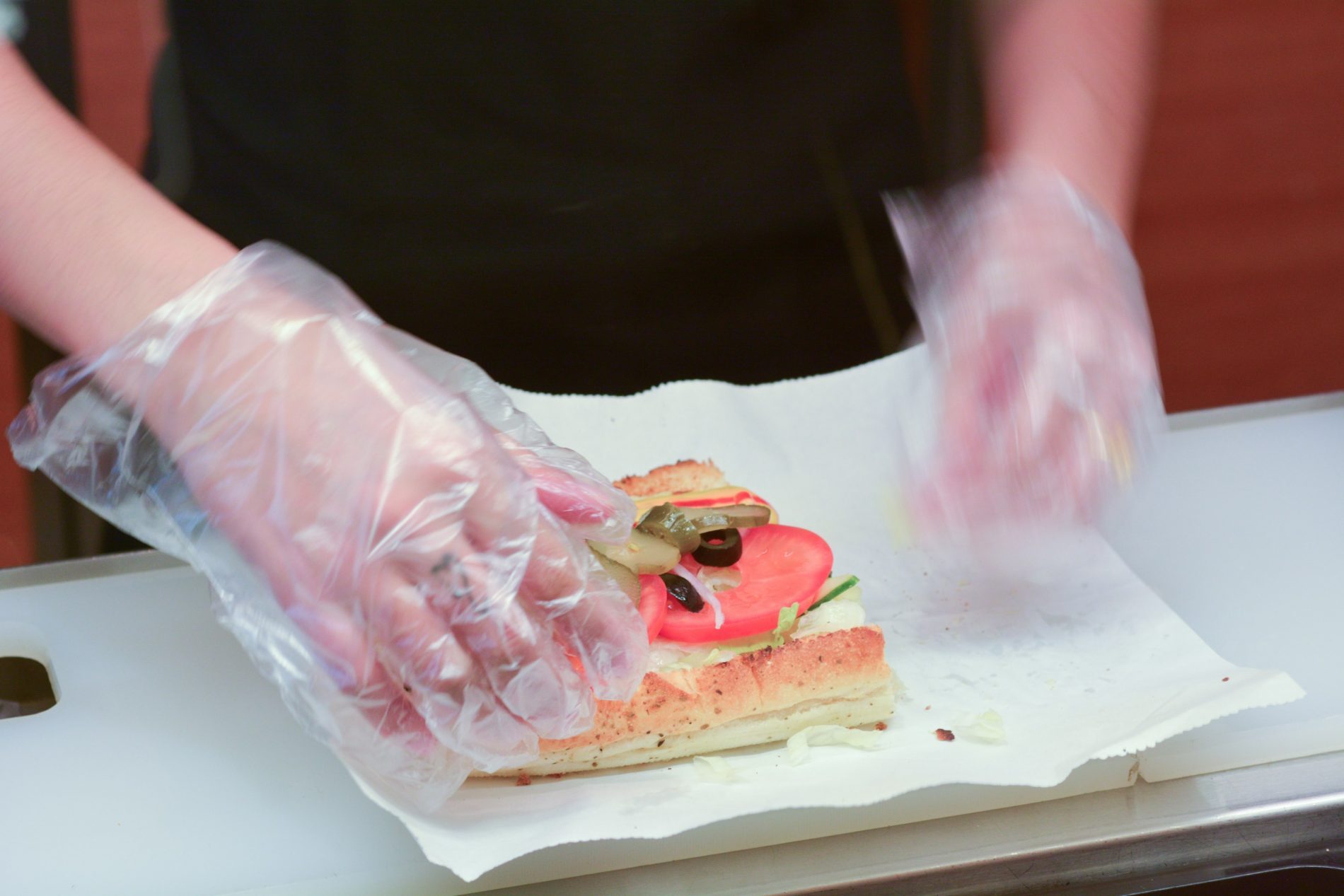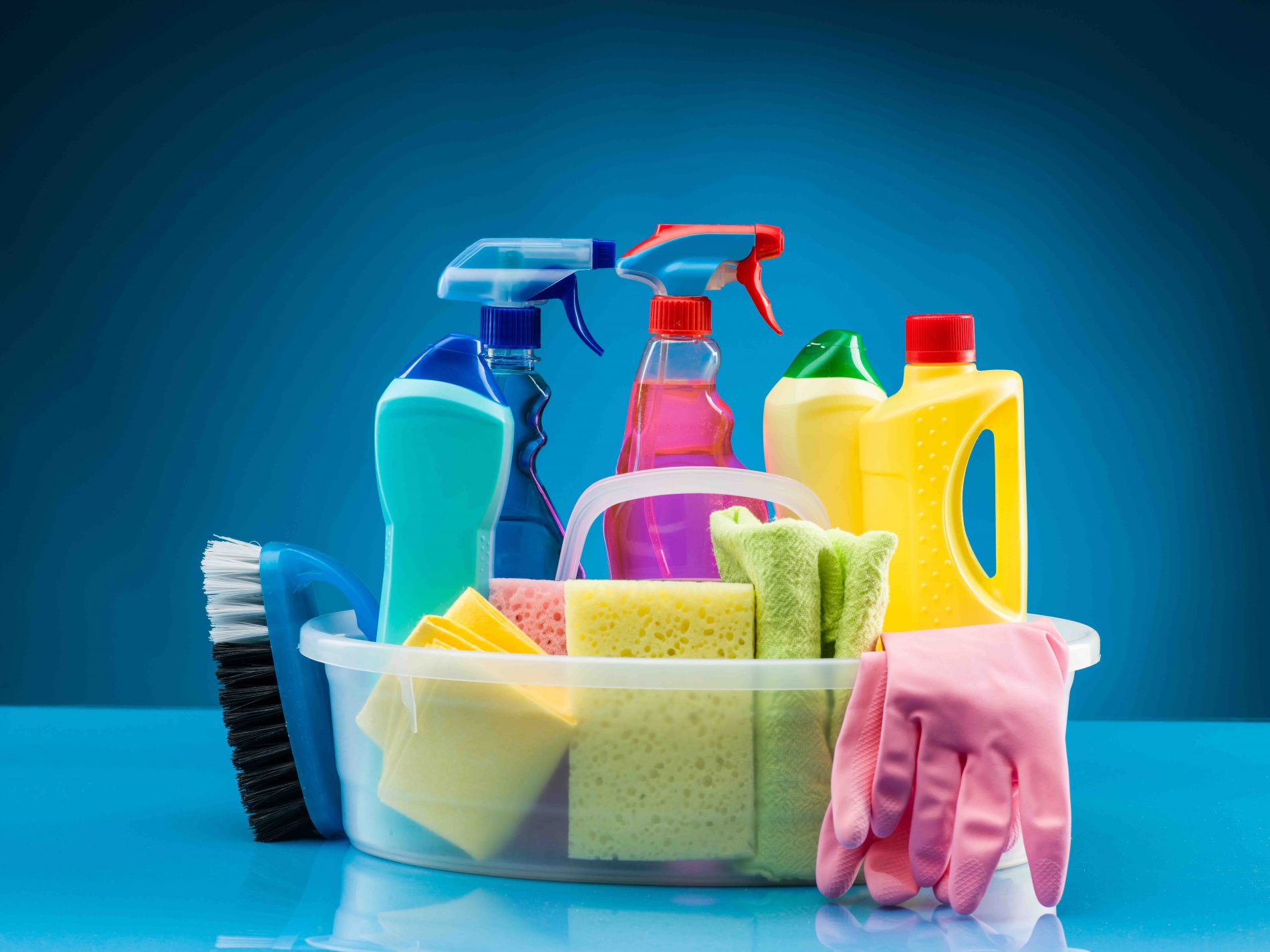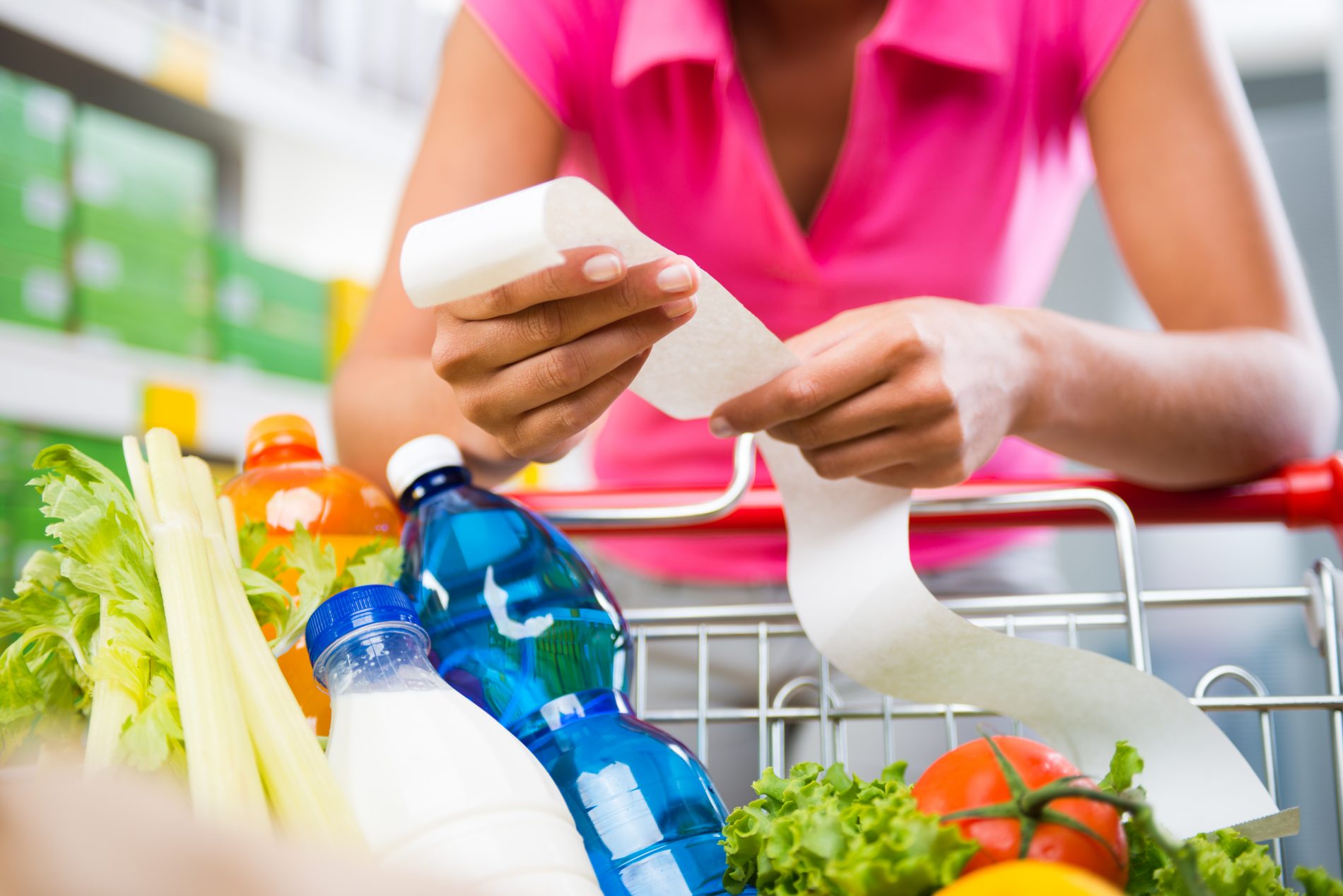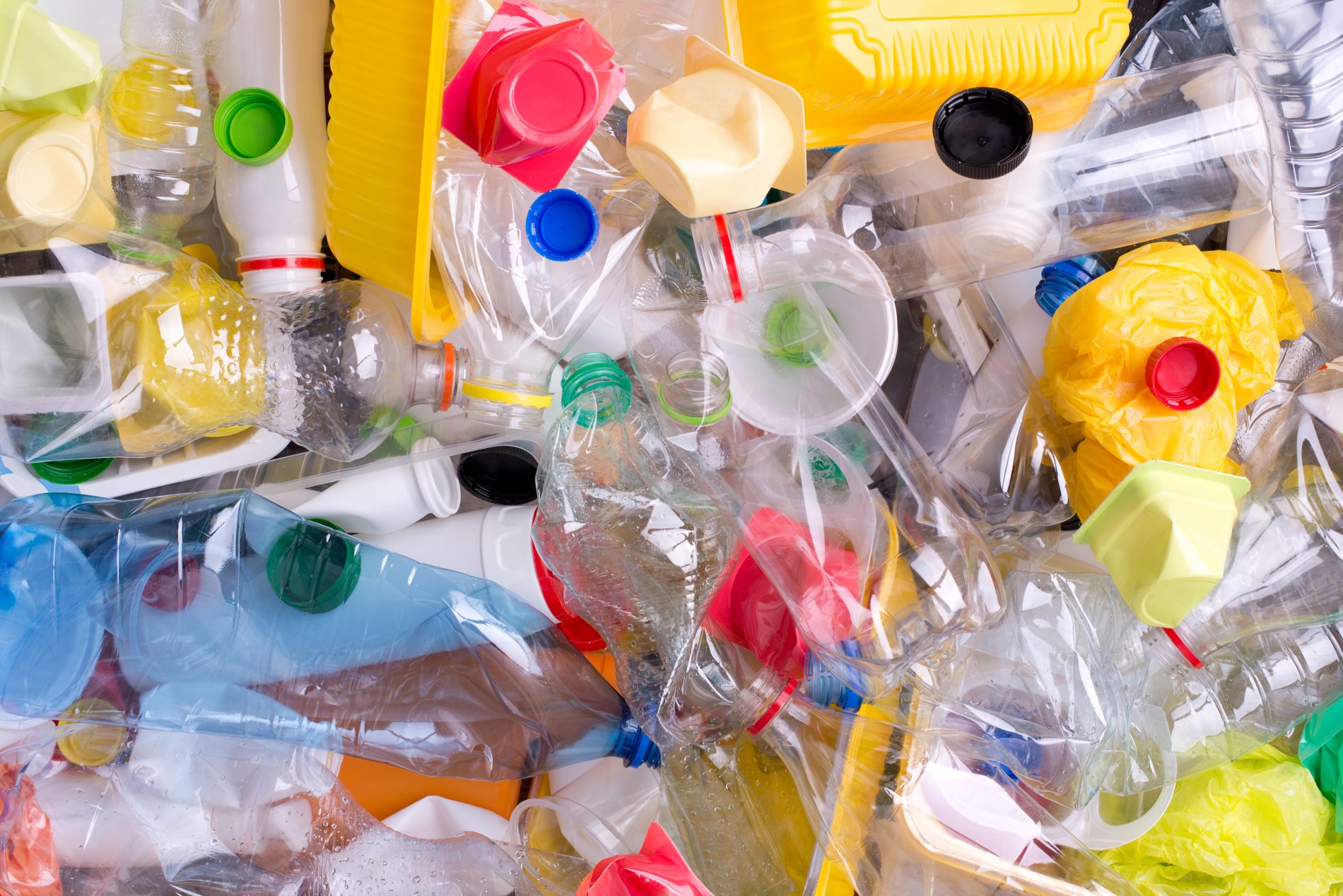Every day we are bombarded by thousands of chemicals in our environments and lifestyles that have the potential to accumulate in our bodies.
From the cosmetics that are loaded with chemicals that you use on a daily basis, to the pesticides on our produce, various preservatives and lab created additives in any processed food you consume, toxins you are exposed to at work, environmental smog and car fumes on your way to work, cleaning chemicals used at your office or you choose to use at home, the laundry detergent residue touching you all day, and finally the smelly candle you light in the evening to relax after a hectic toxin-filled day can all contribute to weight gain.
How on earth can toxins affect your weight?
Our bodies are brilliant. Every single thing about them is designed to survive. No matter what we put in or on our bodies, the stress we put them under and the activities we motor through in a day, our bodies are continually evolving and adapting to keep us alive.
When toxins find their way into our bodies, we deal with them very systematically. We process them through our liver, kidneys and intestines and move them out! But those that can not be moved out so easily, or if there is a back up in our detox systems, these toxins can be swiftly moved to the outer regions of our body, simply to protect our organs. And these toxins are stored in fat cells.
So, in a way, we can thank our bodies for moving these potentially life-threatening toxins to our hips instead of letting them build up in our hearts. However, those toxins shouldn’t be allowed to stay there forever, so we have to safely move them out, without detoxifying and recycling the toxins through our bodies.
How do we safely detoxify?
1. The first thing to start to detoxify is to stop toxifying yourself in the first place!
• buy organic produce
• swap your cosmetics for natural options from health food store
use vinegar and baking soda to clean (no more harsh chemicals! Really, how dirty can we be?)
• avoid processed foods
• stop using products with lots of fragrance
2. Drink warm water with lemon every morning when you wake up.
This helps to gently stimulate your detox organs and start the detox process of the toxins that built up overnight.
3. Drink more water throughout the day. This loosens up the cells and moves digestion through – a major detox system.
4. Exercise daily! Movement helps everything move. Especially your lymph system which can not move by itself. It needs gravity and our movement to help things run.
5. Eat more fresh fruits and vegetables – as organically as possible
These foods contain immense quantities of antioxidants to help fight against free radicals and other toxins that build up.
6. Talk to your natural health practitioner about herbs, tinctures and essential oils that would be helpful for your personal situation. There are wonderful, natural options to help to gently support your detoxification protocols without releasing all of the toxins at once and causing a RE-toxification situation.
Jo-Anne Richardson has almost a decade of experience managing a chiropractic office and educating patients on how chiropractic can allow your body to express optimal health. She is a Registered Holistic Nutritionist and holds a Degree in Communications. She loves to experiment with raw vegan recipes, loves to salsa dance, travel and learn new holistic health information to share tips with everyone who visits the office.

